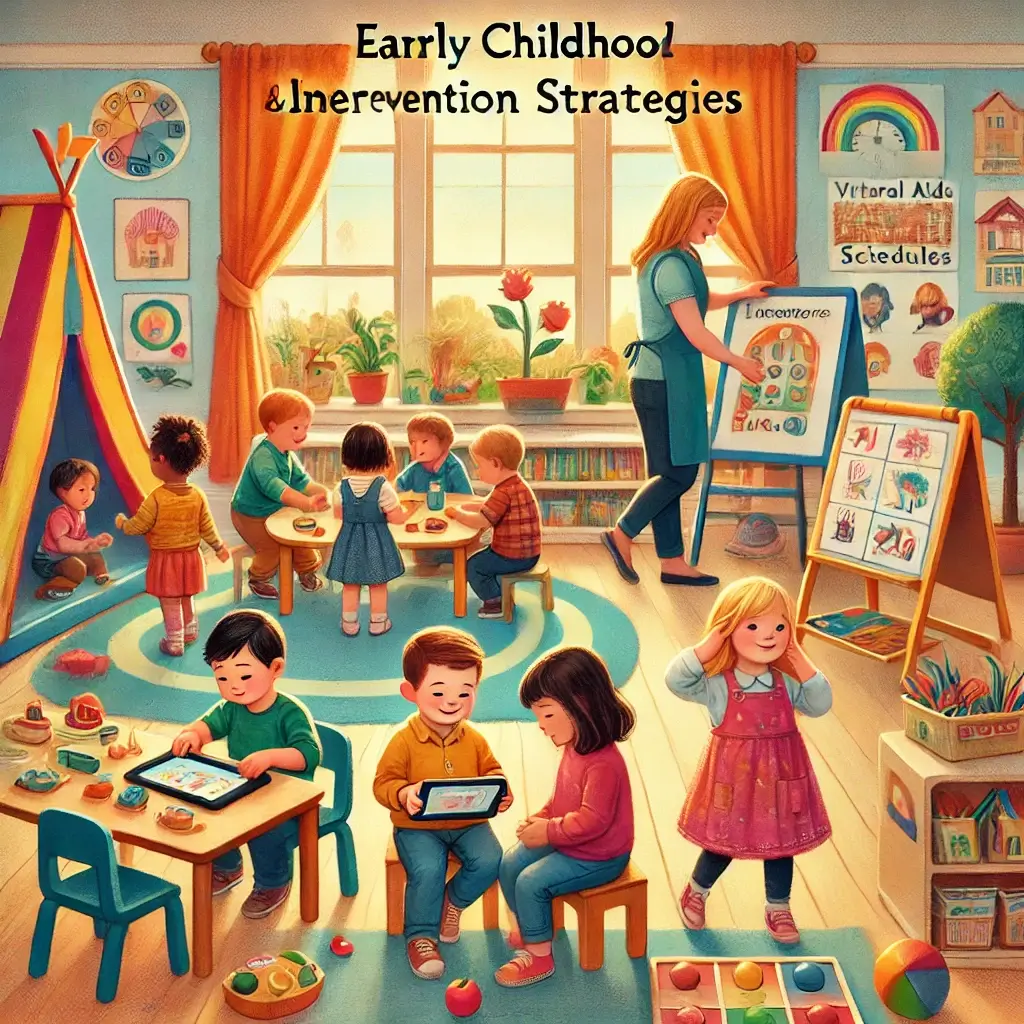Turn Tantrums into Triumphs: Effective Strategies for Managing Meltdowns
How to Deal With Meltdowns and Tantrums in Children
Meltdowns and tantrums are typical among children, particularly toddlers and preschoolers. While these outbursts can be stressful for caregivers, it is important to remember that they allow children to convey their needs and emotions when they lack the words or ability to do so effectively.
Identify Triggers to Prevent Meltdowns
Understanding what causes your child’s meltdowns is crucial. Common triggers include hunger, exhaustion, frustration, sensory overload, or a lack of control. Once you’ve identified the exact triggers, you can take proactive steps to prevent meltdowns before they occur.
For example, if hunger triggers meltdowns, keeping healthy snacks on hand can stabilize blood sugar levels. If sensory inputs like bright lights or loud noises are triggers, creating a more relaxing setting can help. Identifying triggers takes attention and patience but is beneficial in helping children manage their emotions.
Establish Clear Expectations and Routines
Children thrive on predictability. Set clear norms and expectations for behavior, and use visual aids like charts or picture cards to help young children understand daily routines and transitions. Providing choices, such as letting them decide between two options, can also give them a sense of agency.
Stay Calm During a Meltdown
During a meltdown, it is essential to remain calm as children feed off the emotions of their caregivers. Keeping calm can help de-escalate the situation faster. Ensure your child’s safety by removing them from any dangerous situation and guide them to a safe location if necessary.
Validate Your Child’s Emotions
Validating your child’s emotions helps them feel understood. Use phrases like “I see you’re upset” or “It’s okay to feel frustrated” to acknowledge their feelings without encouraging negative behaviors. Avoid discussing or arguing too much during the meltdown to avoid overwhelming your child further.
Talk It Out After the Meltdown
Once your child has calmed down, it’s helpful to discuss what happened. Help them identify their emotions and the events leading up to the outburst. This helps them understand their feelings and can prevent future meltdowns. Positive reinforcement can encourage good coping strategies.
Teach Coping Skills for Frustration
Teach your child appropriate coping methods, such as deep breathing exercises or taking a quiet break. Relaxing sensory instruments can also be helpful. Providing these strategies equips your child with tools to manage their emotions better.
Consistency Is Key
Consistency in your response to meltdowns is crucial. Avoid giving in to requests made during a tantrum and address any concerns after your child has calmed down. If meltdowns are severe or frequent, seeking professional help from a pediatrician or therapist may be necessary.
Final Thoughts: Managing Meltdowns Effectively
Meltdowns are a natural part of childhood development. By staying calm, supporting your child, and teaching them effective coping techniques, you can help them develop emotional control and navigate challenges more smoothly.













